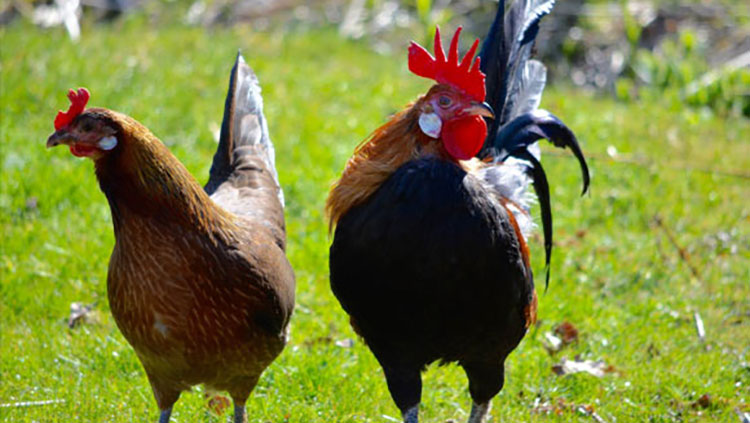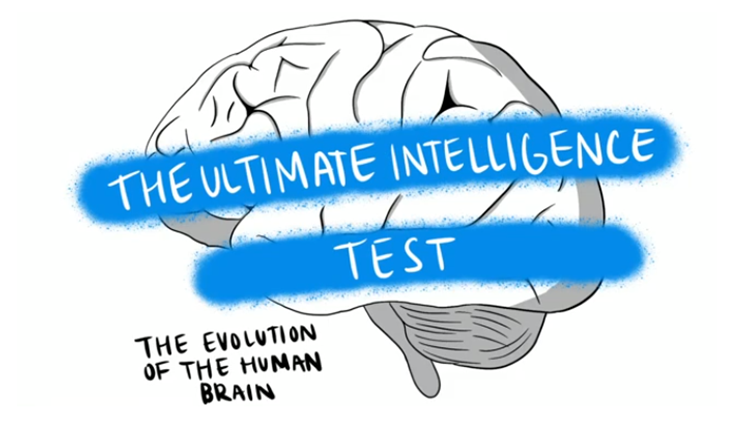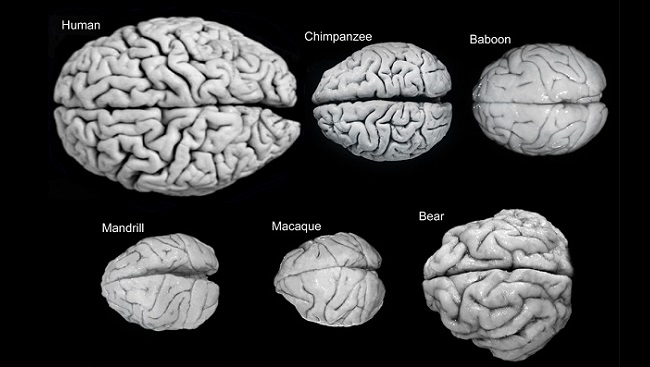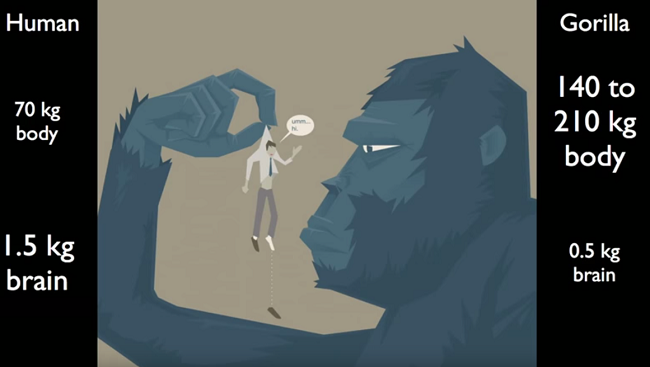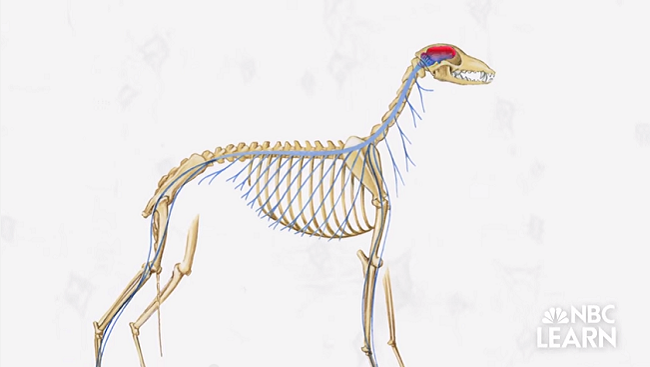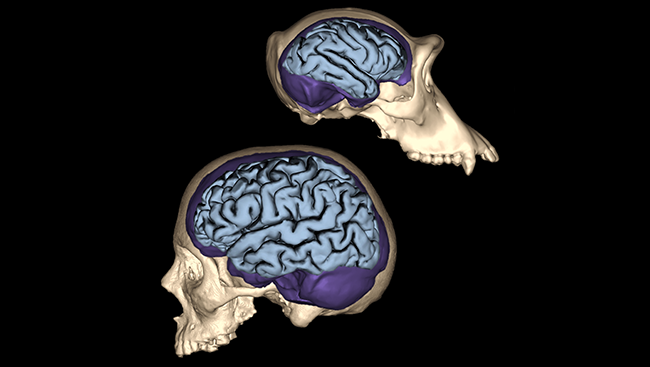Sensing Movement
- Published7 Mar 2014
- Reviewed7 Mar 2014
- Author Michael W. Richardson
- Source BrainFacts/SfN
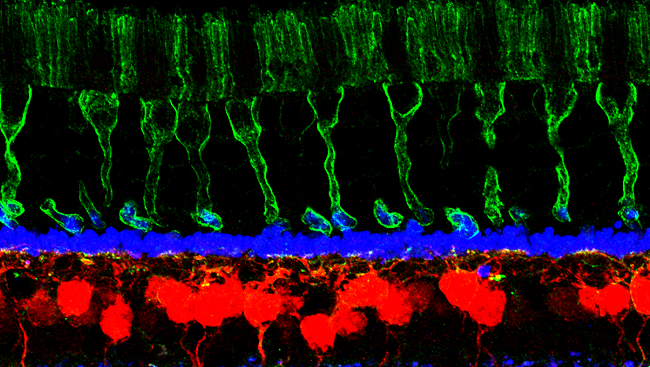
For our early ancestors, the ability to sense the rapid movement of a saber-toothed cat or other predator was a matter of life or death. A secret to our success may lie in the connections between our retinas and the rest of the brain.
In this image of a macaque monkey retina, photoreceptors — the cells responsible for converting light into electrical signals — are labelled green. These cells relay signals to the cells in red, called bipolar cells, some of which identify spatial details while the others process rapid movement. Scientists believe that splitting vision into these two distinct channels may give us the ability to react more precisely to quick movements — and escape danger unscathed.
CONTENT PROVIDED BY
BrainFacts/SfN
Also In Evolution
Trending
Popular articles on BrainFacts.org



